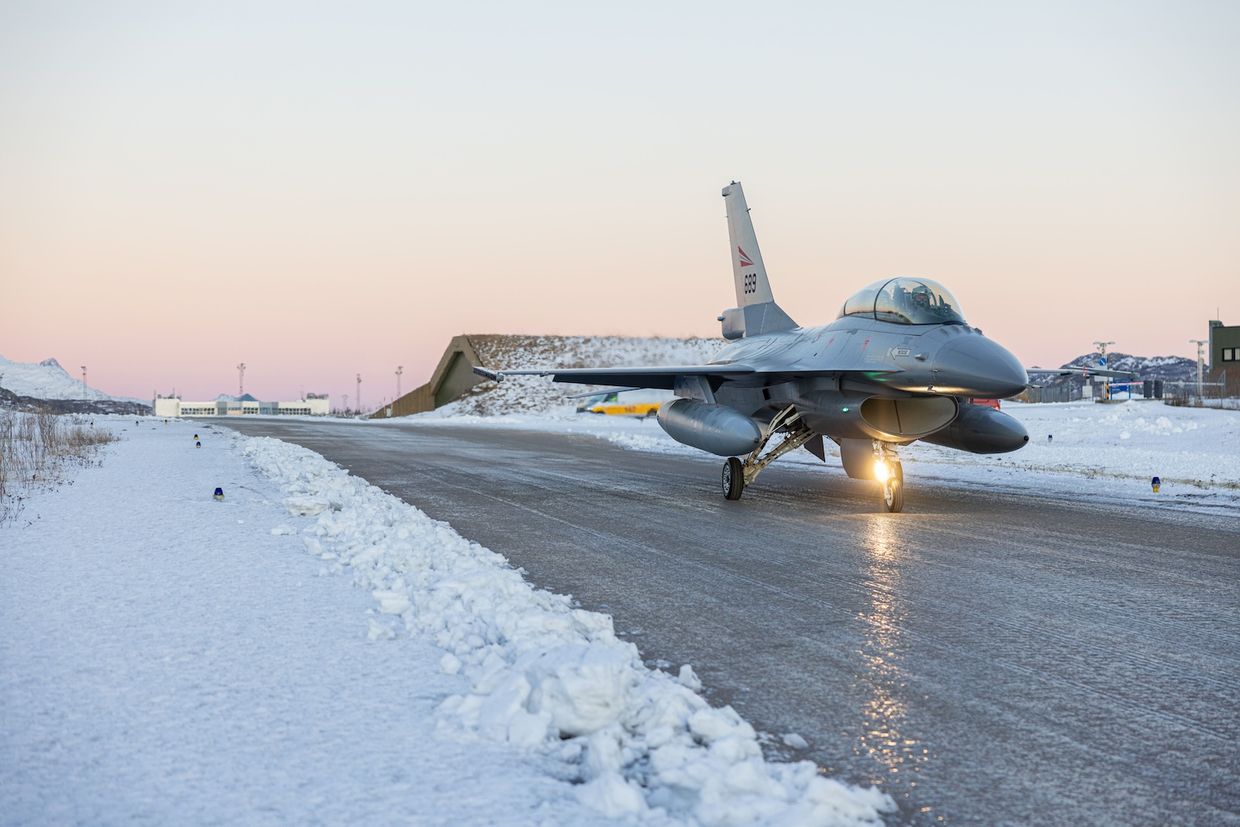The General Dynamics F-16 Fighting Falcon is an American air superiority fighter that Kyiv has begged for since the start of the full-scale invasion and is expected to finally start receiving this year. It’s a versatile workhorse of a jet that’s fought in dozens of wars and is



Well, maybe. Don’t necessarily have to fly an actual aircraft in.
https://en.wikipedia.org/wiki/ADM-160_MALD
The HARM range would still be a limiting factor, though I imagine that weapons that don’t use anti-radiation homing could also be used if ISR assets are able to identify the location of an S-400 accurately-enough.
It might even be desirable to avoid anti-radiation weapons. I don’t know how far apart the components of an S-400 battery are normally placed. An anti-radiation missile will home on the radar, which probably isn’t the only component that one would want to destroy.
I’d add that a similar “send in decoys” approach was used to bait SAMs into illuminating back during the early portion of Desert Storm, followed by a large anti-radiation missile attack.
https://www.youtube.com/watch?v=zxRgfBXn6Mg&t=812
OTOH radar is quite expensive and essential for any battery. Also S-400 has more than one radar, so anti radiation missiles could do quite a lot of damage.
Part of the intrinsic nature of SEAD/“Wild Weasel” missions is that you want enemy air defense to shoot at you, so that you can then target those defenses and kill them. Sure, sometimes you can localize air defense through intelligence and run strikes that way, but the intel may be out of date.
If an S-300 battery locks and fires on your Viper, you can lob an AGM-88 right back at it as you and your squadron work to spoof and defeat the missiles (which is precisely what pilots train for in the context of SEAD missions), and the radar will almost certainly not have time to re-pack and relocate before the counter-launch hits. This is how it’s been since the concept of SEAD missions was devised in the Vietnam war era.
What I’m thinking of is locating the radar via its emissions.
Given that information, if one can locate the radar accurately-enough, it may be possible to both track it and find other, nearby components of the system via mechanisms that were not available in the past. We didn’t have the sort of satellite coverage that we do today in the past. And there are weapons that can be retargeted on the fly. I don’t know what kind of impact that that has had on counter-air-defense approaches.
I don’t know if it is viable. But it may be.
Modern IAD doctrine for contested battlespaces tends to emphasize protection of assets as a first-order concern - that is, the regional commander will probably set things up so that one early-warning asset (AWACS or ground/sea based, doesn’t really matter) acts as overwatch/a canary, which can then orchestrate activation and firing of SAM batteries. In that context, you very much want to avoid simply having the SAM battery radars (of any type) radiate, because that’s a great way to get a beam-riding HARM missile lobbed at you. SAM batteries tend to use their radars only when they’re confident they largely control the airspace, or when they know something’s incoming and have a rough direction to look towards.